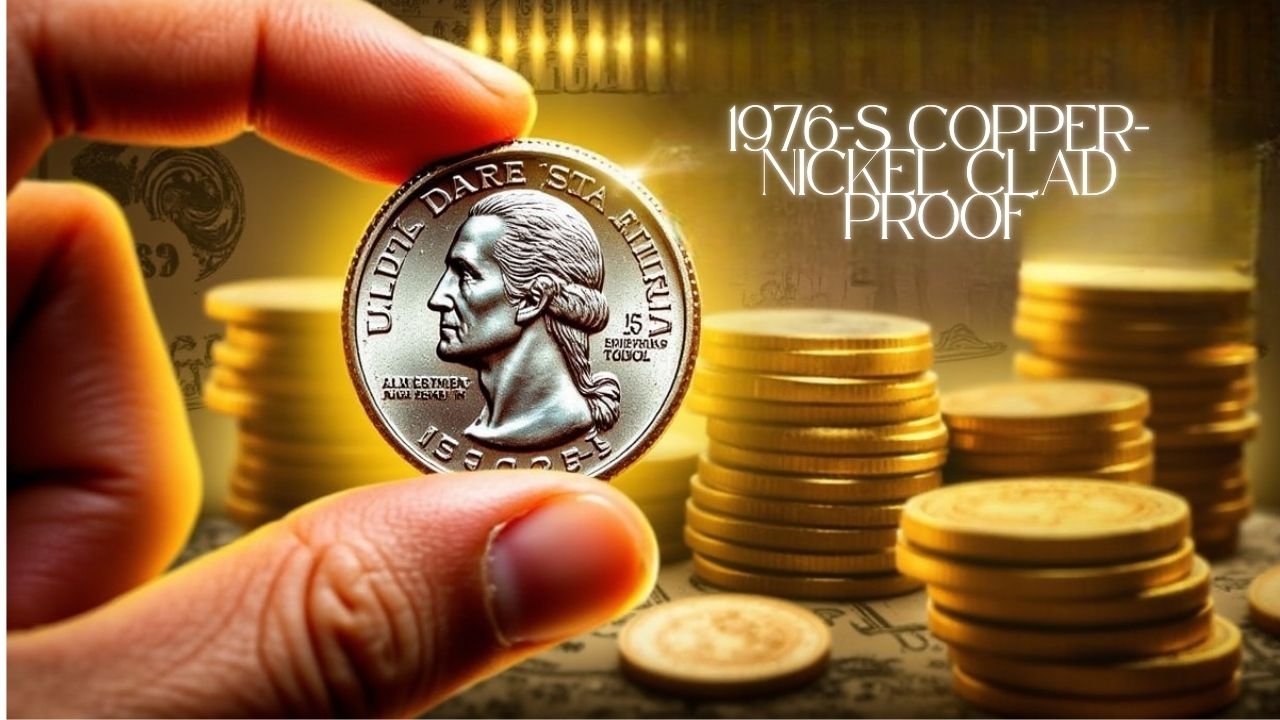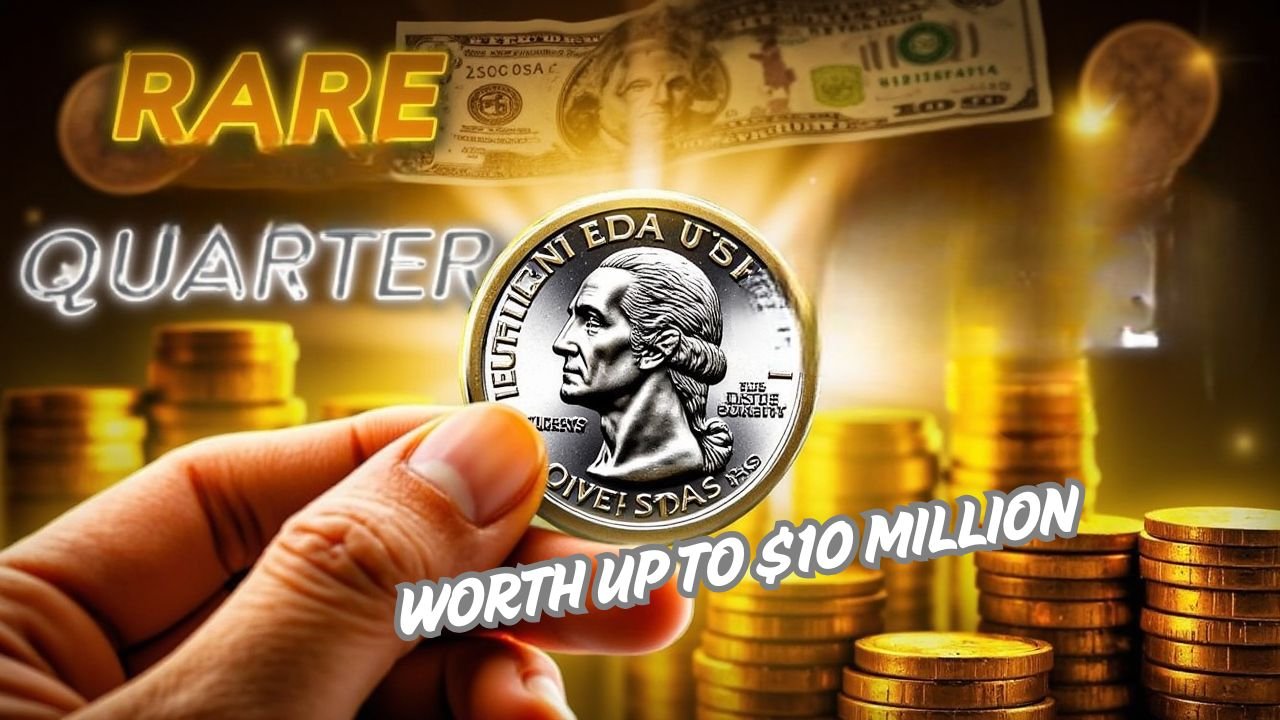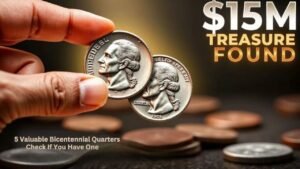The U.S. Mint produced coins in 1976 to mark America’s bicentennial anniversary which first saw circulation with the Bicentennial quarter among them. Due to their limited availability and unique characteristics most of these coins are collected by collectors. Leave the world of numismatics for just a second and let me show you which 6 rare and valuable Bicentennial quarters can still be found in your pocket.
1976-S Silver Proof Bicentennial Quarter
You are unlikely to discover this version of the coin in a vending machine. The San Francisco Mint produced this 40% silver coin. Therefore, there is an ‘S’ mintmark on this, but what is of interest is the condition.
The U.S. The Mint produced these silver quarters specifically for collectors, which were printed on specially prepared planchets with Polish dies. The result is that these coins have a mirror-like sheen and frosted design elements on their surfaces. If you find a pristine condition coin (grades at PR70 DCAM), you are holding a real treasure. In recent auctions, these high-grade coins have reached prices of over $5000. But remember that condition plays a big role, so a coin graded PR69 might be worth $100 to $200.
1976-D Doubled Die Obverse (DDO) Bicentennial Quarter
Let’s discuss the error that produced a treasure so rare-it’s like numismatic gold. The 1976-D Doubled Die Obverse Bicentennial Quarter is a beautiful example of how a printing mistake can result in a valuable coin. This coin was minted in Denver and, on its obverse side, features doubling that occurs in the description and date. This type of doubling takes place during die hubbing where several impressions were made on the die incorrectly. In high grade, this error coin can range from $1000 to $3000. However, in normal condition, this coin ranges between $100 and $500.
1976 No Mintmark Bicentennial Quarter
A little numismatic trivia: the quarters printed at Philadelphia were supposed to not show a mintmark during this series. But producing millions of coins can be chancy, sometimes getting overlooked – as in this case, such as the No Mintmark 1976 Bicentennial Quarter.

Philadelphia-minted coins, die-struck at San Francisco and somehow missing its ‘S’ mintmark. This coin is relatively rare and the value will depend on its grade. A circulated example can run from $50 to $100, while an uncirculated coin can fetch $500 to $1000 or more.
1976-S Copper-Nickel Clad Proof Bicentennial Quarter
Now you’re probably thinking, “Didn’t we already discuss the 1976-S Proof? ” Yes, and no. While we took a look above at the sterling silver version, here’s a lesser-expense but still-worthwhile nephew to that same end – the Copper-Nickel Clad Proof.

It was also mintage in San Francisco for a collector’s offering, but without any silver as was used to create regular quarter money. One feature of a Proof is to give a piece a mirror like appearance with a frosted elements design. In the highest condition (PR70 DCAM), they can be worth anywhere from $100 to $300.
The break on major in the 1976 Bicentennial quarter
It will be as if a coin is struck by lightning. This is what happens in case of major die break errors. In this scenario, a raised line or blemish appears on the coin due to a piece breaking off or remaining on the die. This is one special error kind of Bicentennial quarters in the context of historical importance. The value of these error coins depends on size and location. A small die break may add $20 to $50 to the price of the coin, while a large die break may add hundreds or even thousands of dollars to the price.
1976 Bicentennial Quarter Printed on the Wrong Plank
In closing, we have the 1976 Bicentennial quarter that was printed on the wrong plank. In numismatic language, it means it was printed on a wrong type of base. For instance, if this quarter is printed on a dime plank then it can sell for over $1000 and if it’s printed on a penny plank then it may sell from $2000 to $3000.
In short, the rare and valuable world of Bicentennial quarters is an interesting mix of history, art, and sometimes lucky mistakes. While the chances of finding one of these rare coins in your pocket are low, it’s not impossible. So the next time you get coins, take a close look at them. You might just hold a piece of history or a numismatic treasure in your hands.
FAQS:
Which are the most valuable Bicentennial Quarters?
The most valuable Bicentennial Quarters are generally the 1976-S Silver Proof (PR70), the 1976-D Doubled Die Obverse, the 1976 No Mintmark, and any coin with rare minting errors or unusual strikes, such as being struck on a wrong planchet.
Are there other Bicentennial coins besides the Quarter?
Yes, the U.S. Mint also released special Bicentennial versions of the half-dollar and dollar coins, each featuring unique designs celebrating America’s 200th anniversary of independence.


